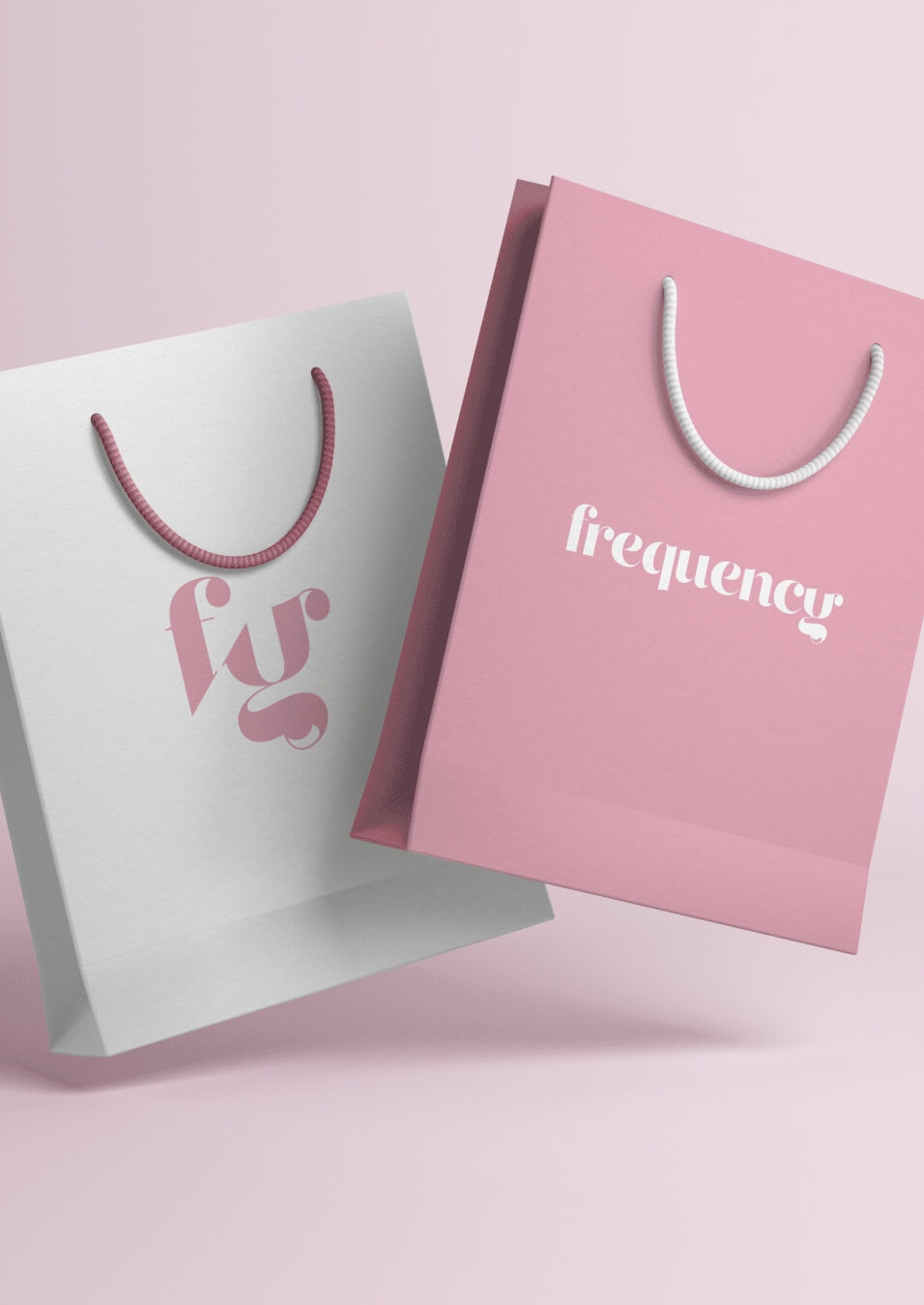Process
is everything
How I work, step by step
1
2
3
4
5
6
7
8
9
10
11
12
13
14
15
16
17
18
19
20
21
22
23
24
25
26
27
28
29
30
31
32
33
34
35
36

First call
Before we start, I will give you a quick call just so I know some basics about the project

Estimation meeting
We set up a Google Meet call to discuss all your business need and options

Estimation
I deliver detailed information about each part of the project split into Backend, Frontend, UI/UX and management as well as fixed costs.
Contract
After accepting the estimation we go streaight into contract.

Workshop
Depending on the project type workshop meeting can take 1-4 sessions, each usually takes around 1-2 hours

Design phase
Most projects are designed within 2-3 weeks, but depending on project size this time can varay

Design workshop
We discuss project live, on the meeting, so I can address all concerns and make notes for any required changes

Development
Now we start development, here we usually spend around 2-3 weeks

Handover
During handover we will discuss all project elements, as well as you will get detailed live "how to" lesson so you can use your website to the maximum